Home>Gardening & Outdoor>Landscaping Ideas>What Does Bear Grass Look Like
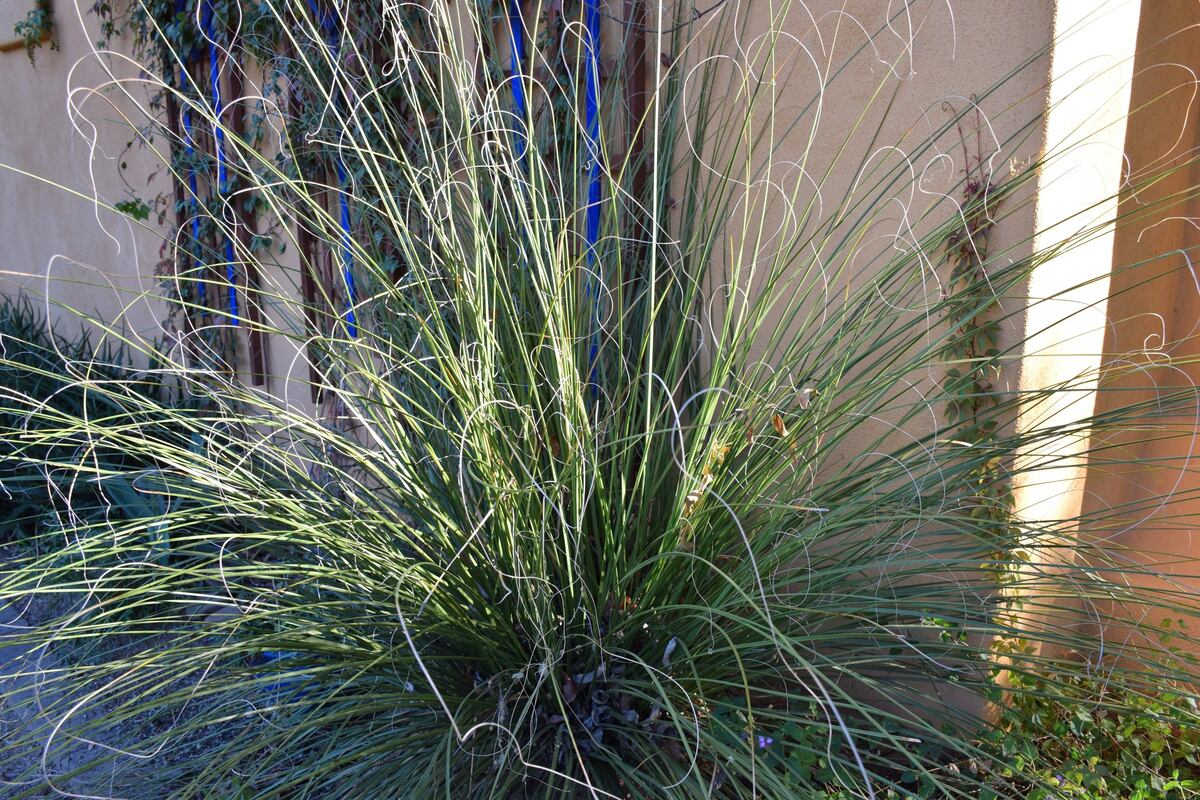

Landscaping Ideas
What Does Bear Grass Look Like
Published: January 26, 2024
Discover what bear grass looks like and how to incorporate it into your landscaping ideas. Find inspiration and tips for using bear grass in your garden design.
(Many of the links in this article redirect to a specific reviewed product. Your purchase of these products through affiliate links helps to generate commission for Storables.com, at no extra cost. Learn more)
Introduction
Bear grass, scientifically known as Xerophyllum tenax, is a unique and visually striking plant that is native to North America. This resilient perennial herbaceous plant is renowned for its distinctive appearance and a myriad of practical uses. Whether you are an avid nature enthusiast, a landscaping aficionado, or simply a curious learner, understanding the characteristics, habitat, and significance of bear grass can deepen your appreciation for the natural world. Join us as we embark on a journey to explore the fascinating world of bear grass and unravel its captivating allure.
Key Takeaways:
- Bear grass is a tough, elegant plant with long, slender leaves and creamy white flowers. It’s important for wildlife and used in indigenous crafts, making it a vital part of North America’s natural and cultural heritage.
- Conservation efforts are crucial to protect bear grass and its habitats. By understanding its ecological role and cultural significance, we can ensure that this resilient plant continues to thrive and inspire future generations.
Read more: What Does Crabgrass Look Like
Characteristics of Bear Grass
Bear grass is characterized by long, slender leaves that form dense tufts, creating a visually striking and distinctive appearance. The leaves are tough and leathery, ranging in color from deep green to bluish-green, and can grow up to several feet in length. This unique foliage gives bear grass an unmistakable presence in its natural habitat.
During the summer months, bear grass blooms with tall, elegant stalks that bear clusters of delicate, creamy white flowers. These flowers form a beautiful and intricate inflorescence, adding a touch of elegance to the rugged landscapes where bear grass thrives. The bloom of bear grass is not only visually captivating but also serves as a vital food source for pollinators, further enriching the ecosystem.
One of the most remarkable characteristics of bear grass is its adaptability to diverse environments. This hardy plant can be found in a range of habitats, from alpine meadows to coniferous forests, showcasing its resilience and versatility. Its ability to thrive in such varied conditions is a testament to the plant’s remarkable adaptability and endurance.
Furthermore, bear grass possesses a unique ecological role, contributing to the biodiversity and ecological balance of its native ecosystems. Its long, fibrous leaves and sturdy stems provide shelter and nesting materials for small animals and birds, further emphasizing its significance within the natural landscape.
Habitat and Distribution
Bear grass is predominantly found in the western regions of North America, thriving in diverse habitats ranging from mountainous slopes to coastal forests. This resilient plant is commonly encountered in states such as Washington, Oregon, California, Idaho, Montana, and Wyoming, where it contributes to the rich tapestry of native flora.
Within its habitat, bear grass exhibits a remarkable ability to adapt to various environmental conditions. It can be found in open meadows, subalpine forests, and even in the understory of dense coniferous woodlands. This adaptability allows bear grass to play a vital role in stabilizing soil and preventing erosion, particularly on steep slopes and rugged terrain.
The distribution of bear grass is influenced by factors such as elevation, soil composition, and moisture levels. In higher elevations, bear grass often thrives in alpine and subalpine meadows, where it contributes to the vibrant tapestry of wildflowers that adorn the landscape during the summer months. In lower elevations, it may be found in drier, more arid environments, showcasing its ability to withstand varying degrees of moisture and sunlight.
Furthermore, bear grass is an integral component of several distinct ecosystems, providing habitat and sustenance for a variety of wildlife. Its presence supports a diverse array of insects, including pollinators such as bees and butterflies, which rely on its nectar and pollen. Additionally, the seeds of bear grass serve as a food source for birds and small mammals, further underscoring its ecological significance.
Understanding the habitat and distribution of bear grass offers valuable insights into the plant’s ecological role and its interconnectedness with the natural world. By thriving in diverse environments and contributing to the health of ecosystems, bear grass exemplifies the resilience and adaptability of native flora in North America.
Bear grass is a long, narrow leafed plant with tall, slender stalks topped with clusters of small, white flowers. It can be found in mountainous regions and is often used in floral arrangements.
Uses of Bear Grass
Bear grass holds a revered place in indigenous cultures, where it has been utilized for a myriad of practical and ceremonial purposes for centuries. The Native American tribes of the Pacific Northwest have a deep-rooted connection to bear grass, incorporating it into traditional crafts, ceremonies, and daily life. Its versatile nature and enduring qualities have made it a cherished resource with diverse applications.
One of the most prominent uses of bear grass is in traditional basketry. The long, flexible leaves of bear grass are meticulously harvested, dried, and dyed to create intricate and durable baskets. Skilled artisans weave these baskets with precision, producing vessels of various sizes and shapes that are both functional and aesthetically captivating. These baskets serve as containers for gathering, storing food, and carrying essential items, embodying the cultural heritage and craftsmanship of indigenous communities.
Beyond basketry, bear grass is also employed in the creation of decorative and ceremonial items. The resilient fibers of bear grass are utilized in crafting regalia, headdresses, and ornamental adornments, symbolizing cultural identity and spiritual significance. The plant’s enduring qualities and natural beauty imbue these creations with a profound sense of tradition and artistry, underscoring the integral role of bear grass in indigenous artistic expression.
Furthermore, bear grass has garnered attention in contemporary floral design and landscaping. Its elegant, towering blooms and striking foliage make it a sought-after addition to floral arrangements, adding a touch of wild, natural beauty to bouquets and decorative displays. In landscaping, bear grass is valued for its ornamental appeal and ability to thrive in diverse environments, making it a popular choice for adding texture and visual interest to gardens and natural landscapes.
As a testament to its ecological significance, bear grass also plays a role in habitat restoration and conservation efforts. Its ability to stabilize soil and prevent erosion has led to its inclusion in reforestation projects and land rehabilitation initiatives. By harnessing the plant’s natural resilience, conservationists leverage the unique qualities of bear grass to promote the health and sustainability of delicate ecosystems.
From traditional crafts and cultural practices to contemporary design and conservation endeavors, bear grass continues to inspire and enrich diverse facets of human life and environmental stewardship.
Conservation of Bear Grass
As a vital component of North America’s native flora, the conservation of bear grass is of paramount importance to safeguard the ecological balance and cultural heritage associated with this remarkable plant. The preservation of bear grass encompasses a multifaceted approach that addresses its ecological significance, sustainable harvest practices, and the protection of its natural habitats.
Conservation efforts for bear grass are intricately linked to the preservation of the ecosystems in which it thrives. Given its role in stabilizing soil and preventing erosion, bear grass contributes to the overall health and resilience of diverse habitats, from alpine meadows to coniferous forests. By recognizing the ecological value of bear grass and its interconnectedness with other species, conservation initiatives strive to protect and restore the plant’s native environments.
Sustainable harvest practices are central to the conservation of bear grass, particularly within the context of traditional and cultural uses. Indigenous communities have long relied on bear grass for basketry and ceremonial purposes, and their traditional ecological knowledge informs sustainable harvesting methods that ensure the continued abundance of this valuable resource. Collaborative efforts between indigenous groups, conservation organizations, and governmental agencies aim to promote responsible harvesting practices that respect the regenerative capacity of bear grass populations.
Furthermore, the conservation of bear grass involves raising awareness about its cultural significance and ecological role. Education and outreach initiatives seek to foster appreciation for bear grass among diverse audiences, highlighting its importance in indigenous traditions, as well as its value in supporting wildlife and maintaining healthy ecosystems. By nurturing a deeper understanding of bear grass, conservationists aim to cultivate a sense of stewardship and advocacy for the plant’s well-being.
Protected areas and conservation reserves play a pivotal role in safeguarding the habitats of bear grass. By designating and managing these areas, conservationists create sanctuaries where bear grass and other native flora can thrive undisturbed. These protected spaces serve as vital refuges for biodiversity, allowing bear grass to flourish and fulfill its ecological functions within intact and resilient ecosystems.
Ultimately, the conservation of bear grass is a collaborative endeavor that draws upon the expertise of ecologists, botanists, indigenous knowledge holders, and conservation practitioners. By integrating traditional wisdom with contemporary conservation strategies, these efforts strive to ensure the enduring presence of bear grass in the natural landscapes of North America, preserving its ecological, cultural, and aesthetic significance for generations to come.
Read more: What Does Grass Allergy Look Like
Conclusion
Bear grass stands as a testament to the resilience, beauty, and cultural significance of North America’s native flora. From its striking appearance and ecological contributions to its rich heritage in indigenous traditions, bear grass embodies a tapestry of natural and cultural values that resonate across diverse landscapes and communities.
As we delve into the world of bear grass, we uncover a plant that not only adorns the wild spaces it inhabits but also enriches the lives of those who have cultivated a deep connection to it. Its long, sturdy leaves and delicate, creamy white blooms paint a portrait of strength and elegance, capturing the essence of the rugged yet graceful environments it calls home.
Moreover, bear grass serves as a bridge between the past and the present, carrying forward the traditions and wisdom of indigenous cultures while inspiring contemporary applications in art, design, and conservation. Its enduring presence in basketry, regalia, and ecological restoration projects underscores its timeless relevance and adaptability.
In the realm of conservation, bear grass beckons us to embrace a holistic approach that honors its ecological role, sustains its cultural significance, and preserves its natural habitats. By cultivating a deeper understanding of bear grass and championing responsible stewardship, we can ensure that this emblematic plant continues to thrive and inspire for generations to come.
As we partake in the journey of discovery and appreciation for bear grass, we are reminded of the interconnectedness of all living beings and the profound beauty that unfolds when nature and culture intertwine. Bear grass beckons us to tread lightly, to cherish the gifts of the natural world, and to nurture a shared commitment to its enduring well-being.
In the intricate tapestry of North America’s landscapes, bear grass stands as a resilient and revered thread, weaving together the stories of the land and its people. Its presence is a reminder of the enduring power of nature to captivate, nourish, and inspire, inviting us to embrace a deeper harmony with the world around us.
Frequently Asked Questions about What Does Bear Grass Look Like
Was this page helpful?
At Storables.com, we guarantee accurate and reliable information. Our content, validated by Expert Board Contributors, is crafted following stringent Editorial Policies. We're committed to providing you with well-researched, expert-backed insights for all your informational needs.
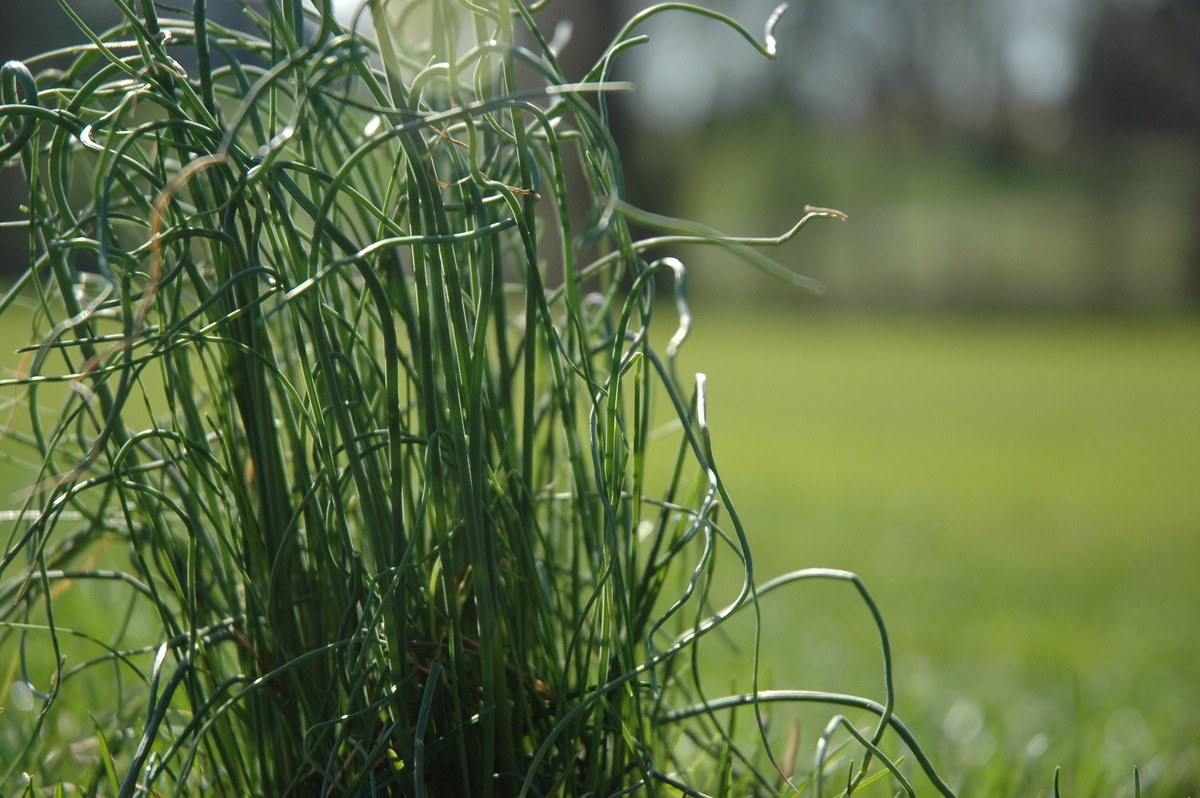
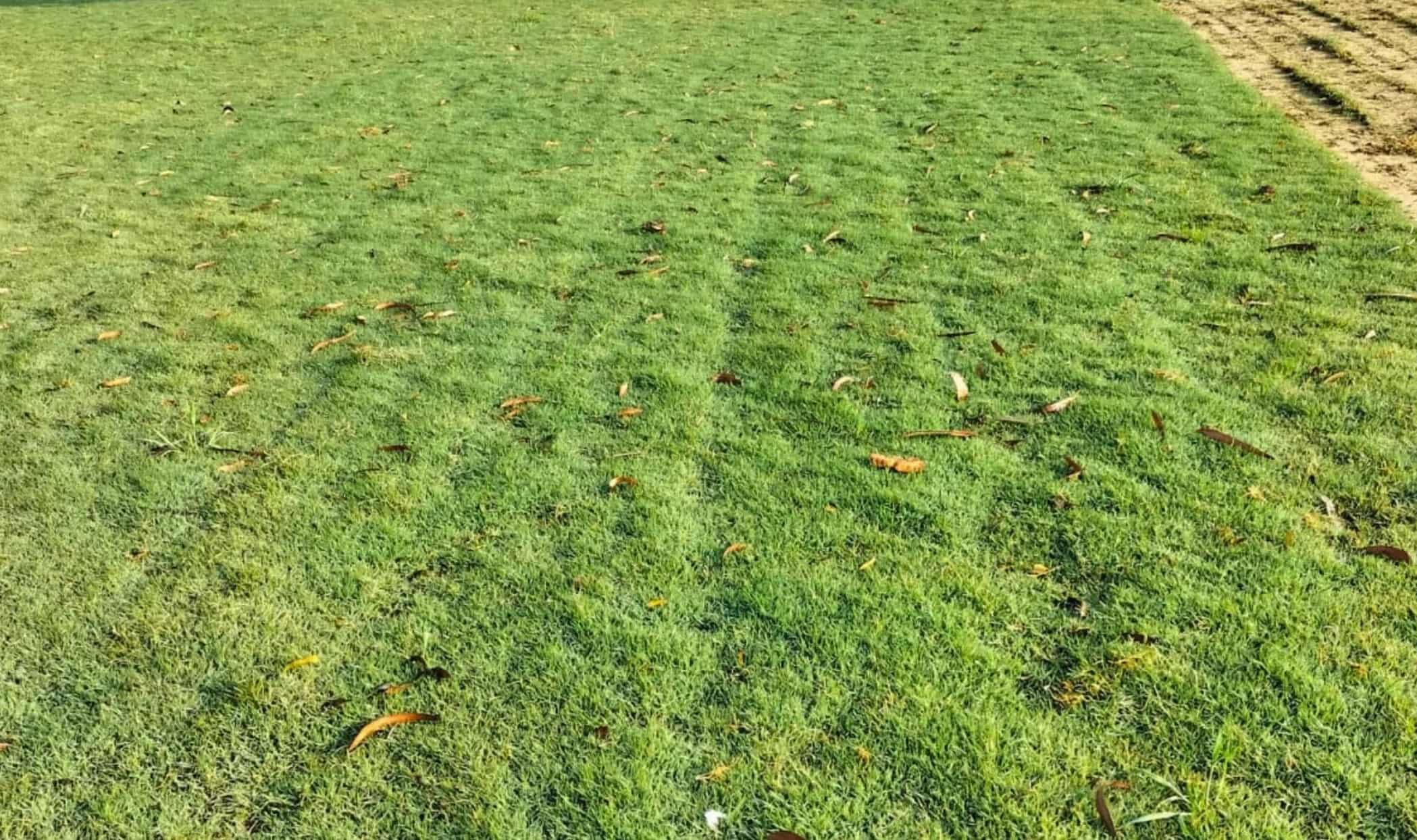
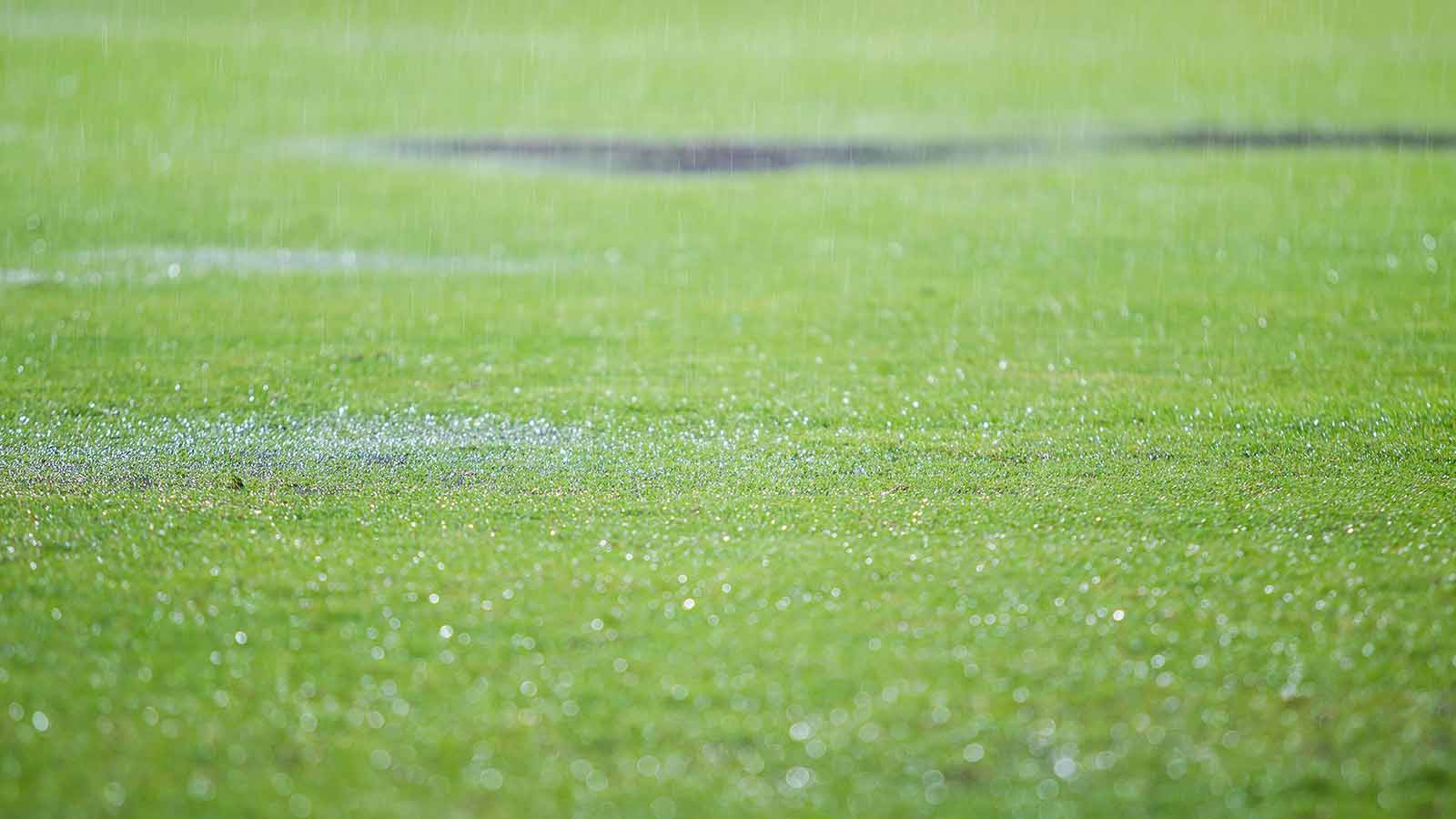
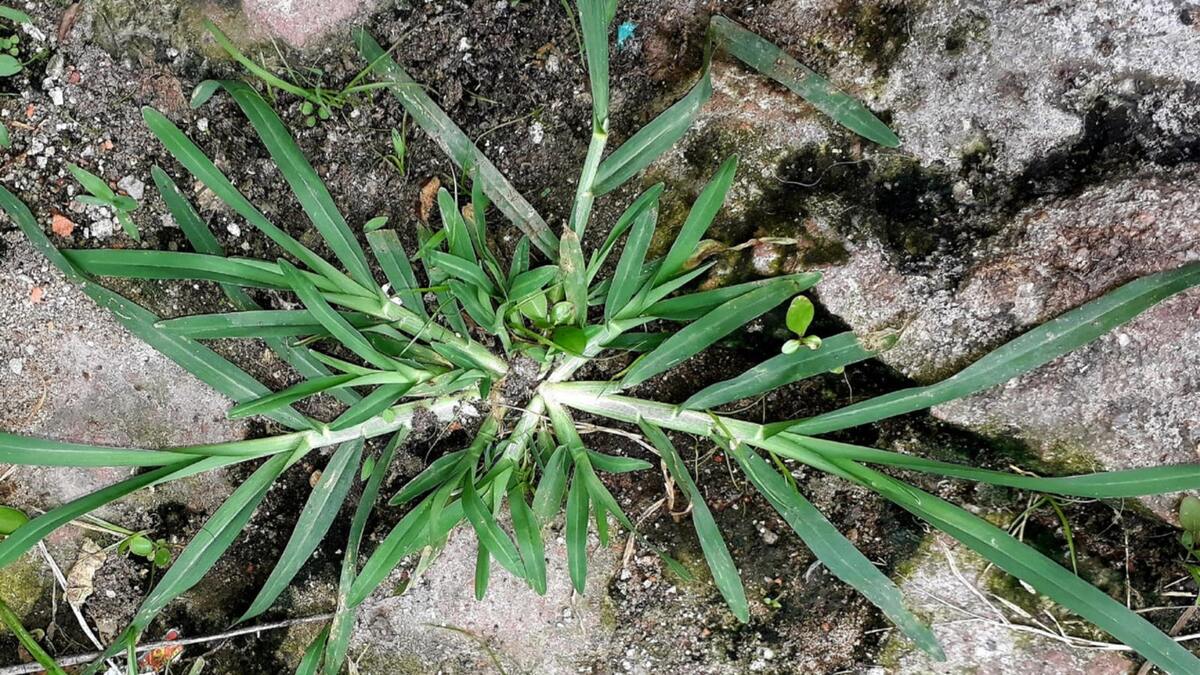
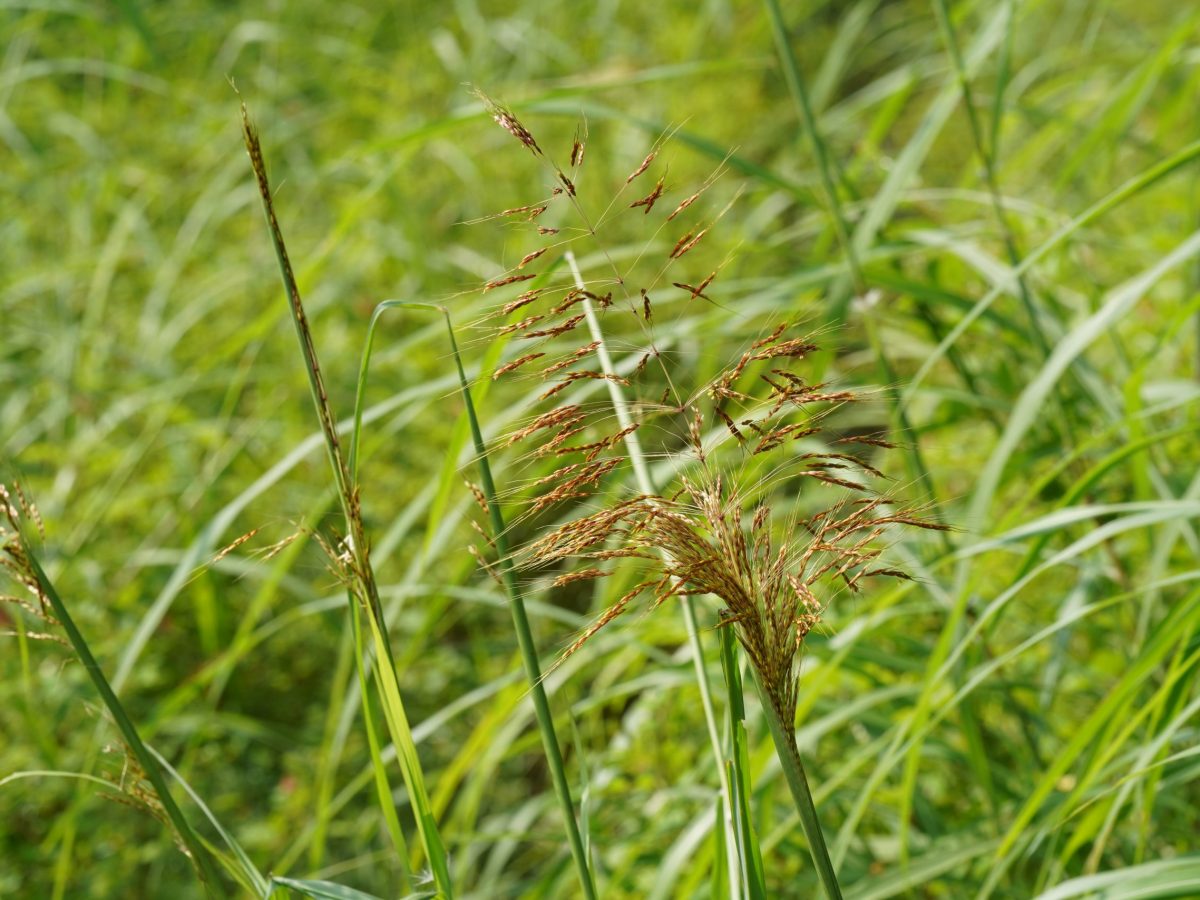
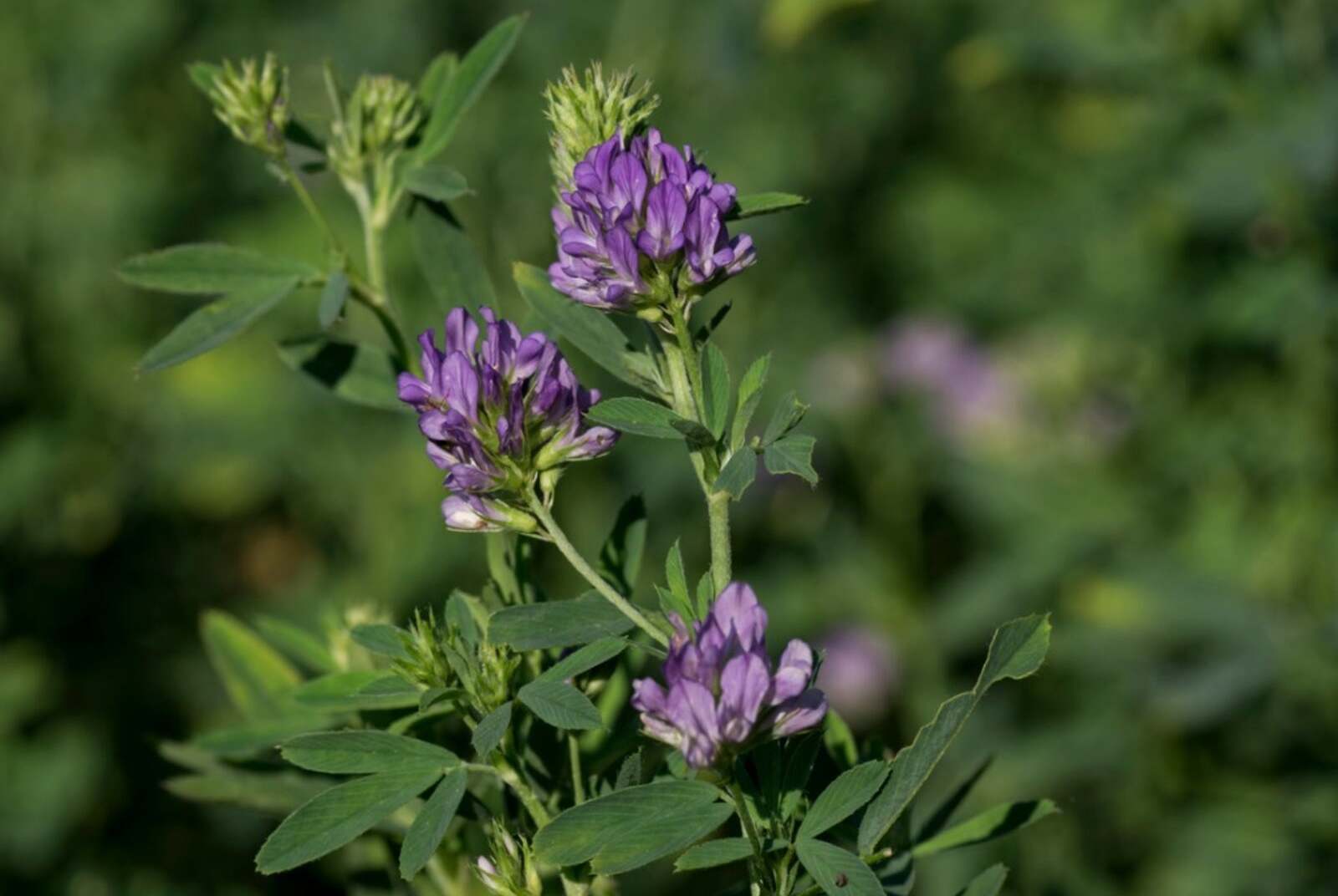
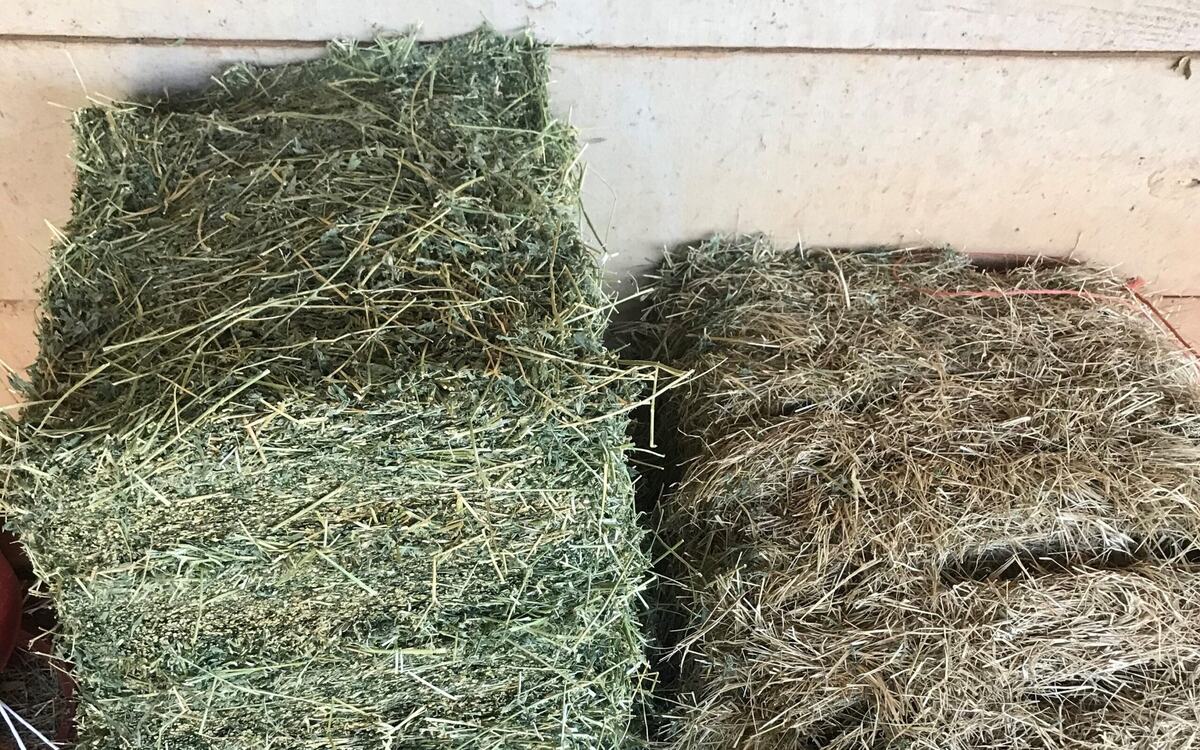
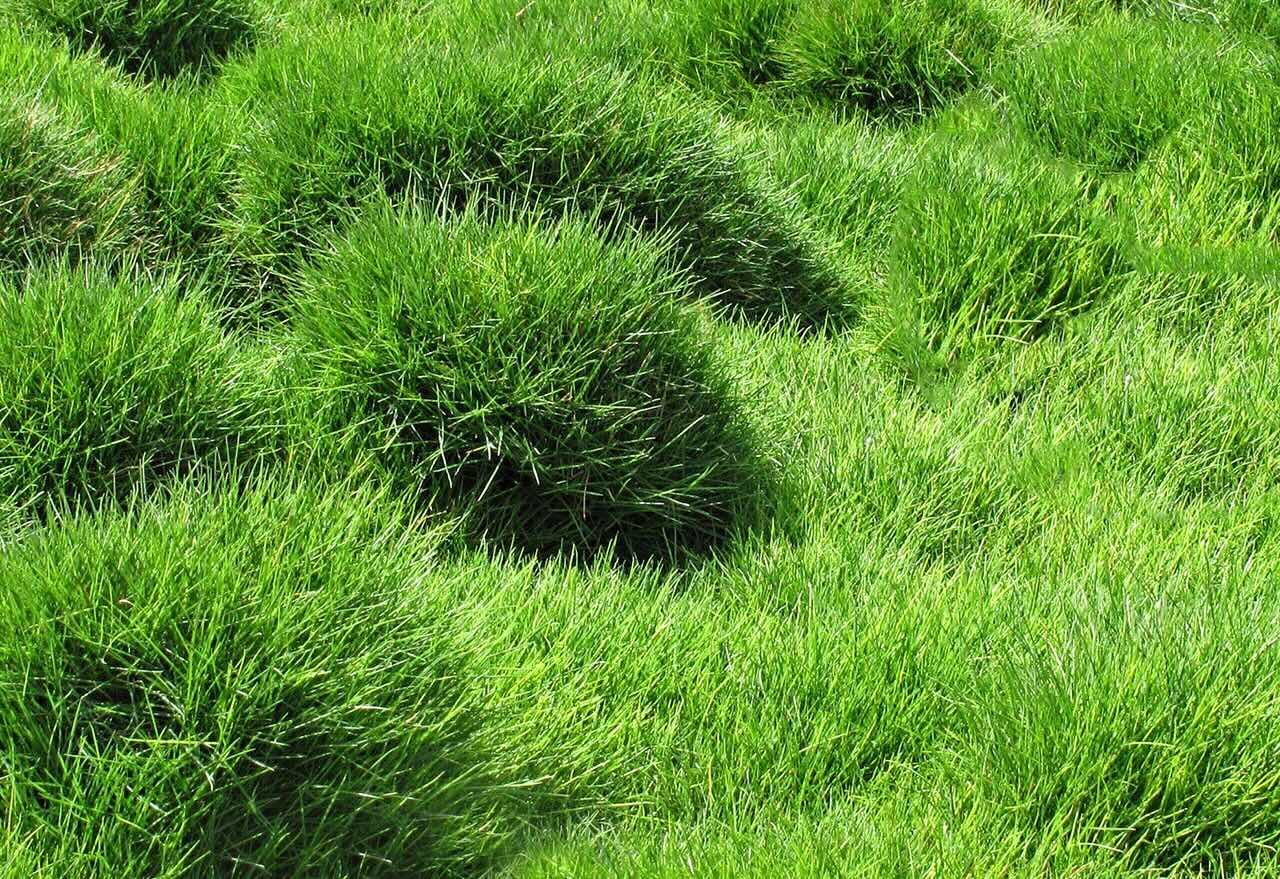
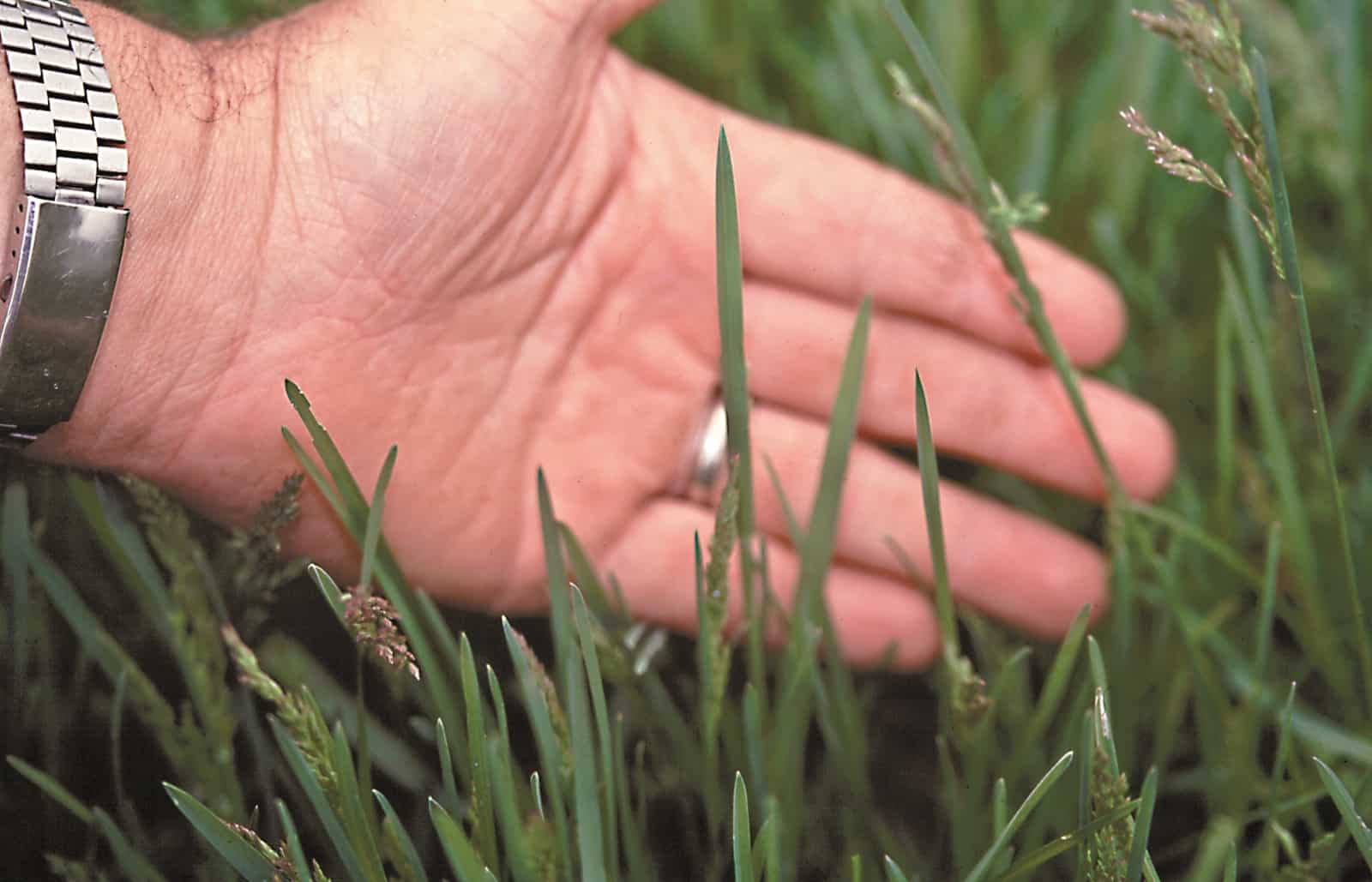
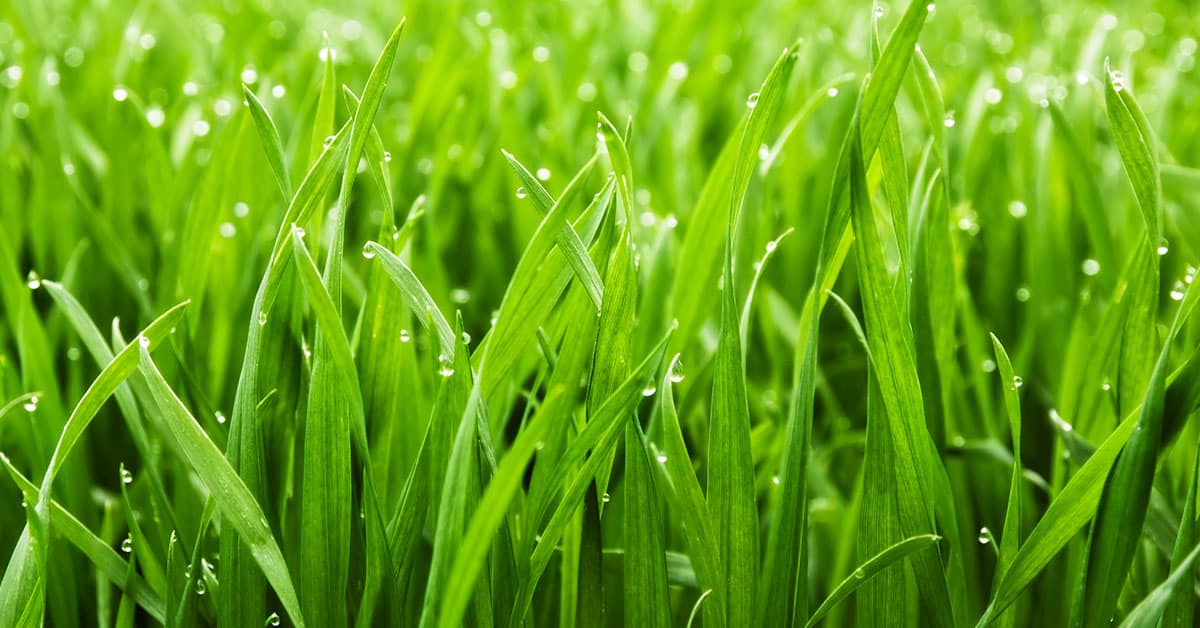
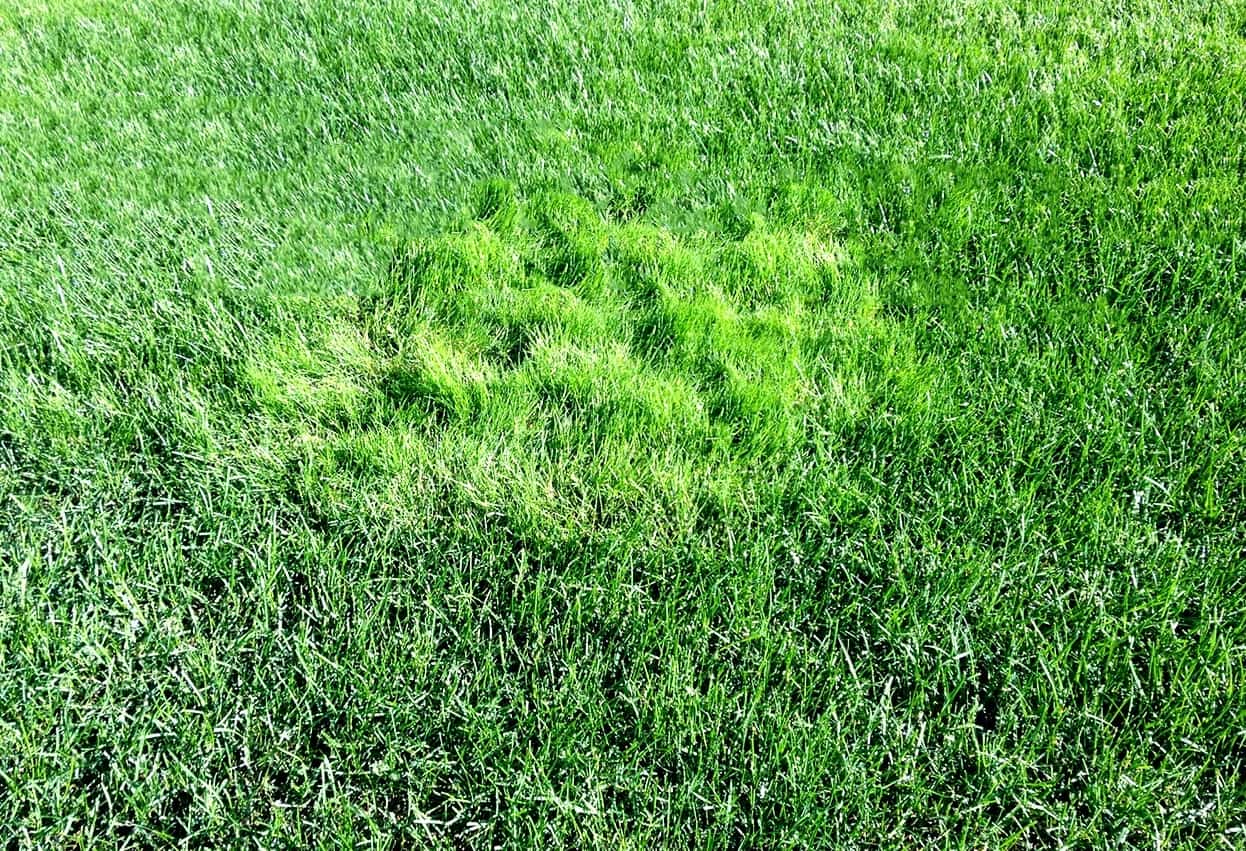
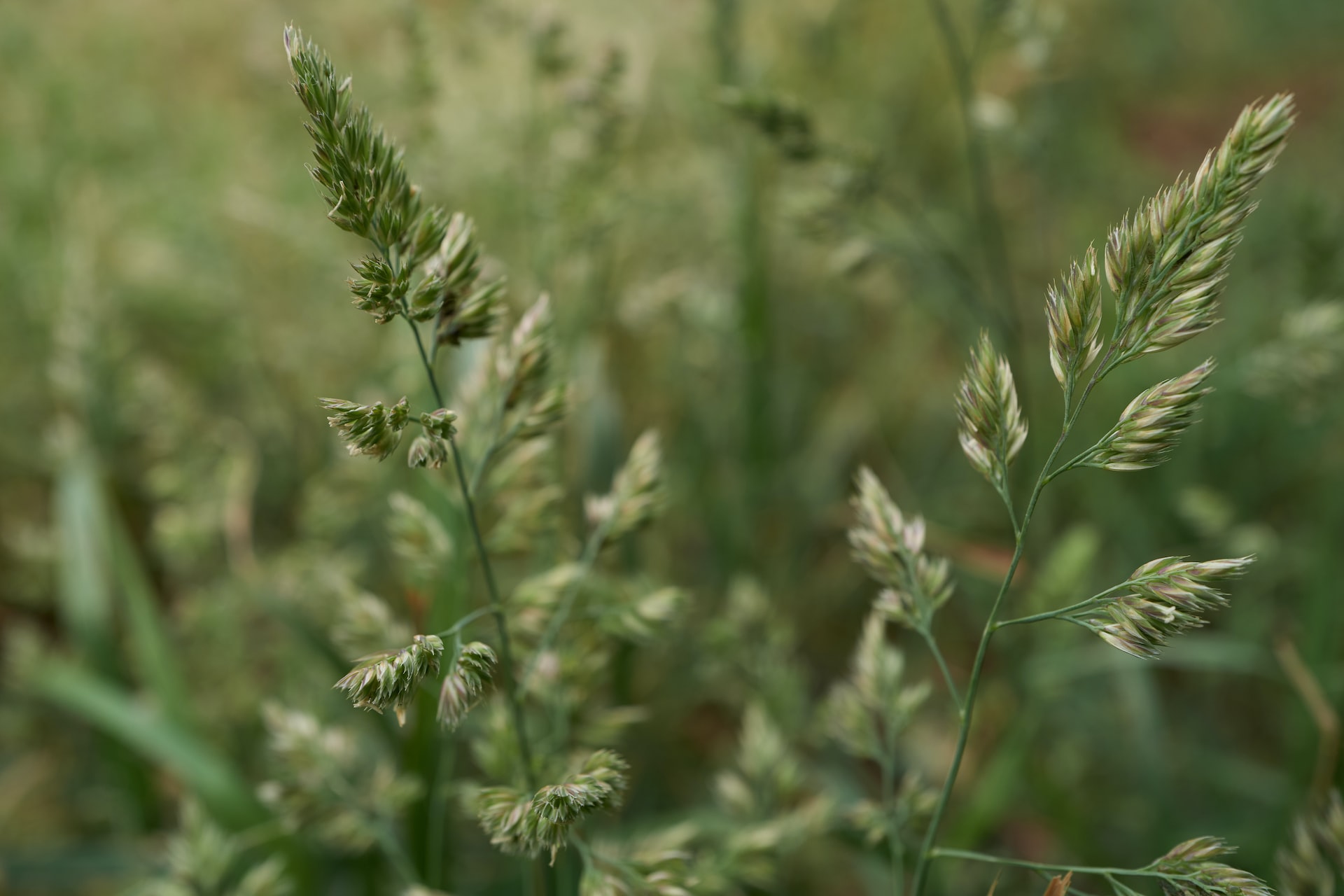
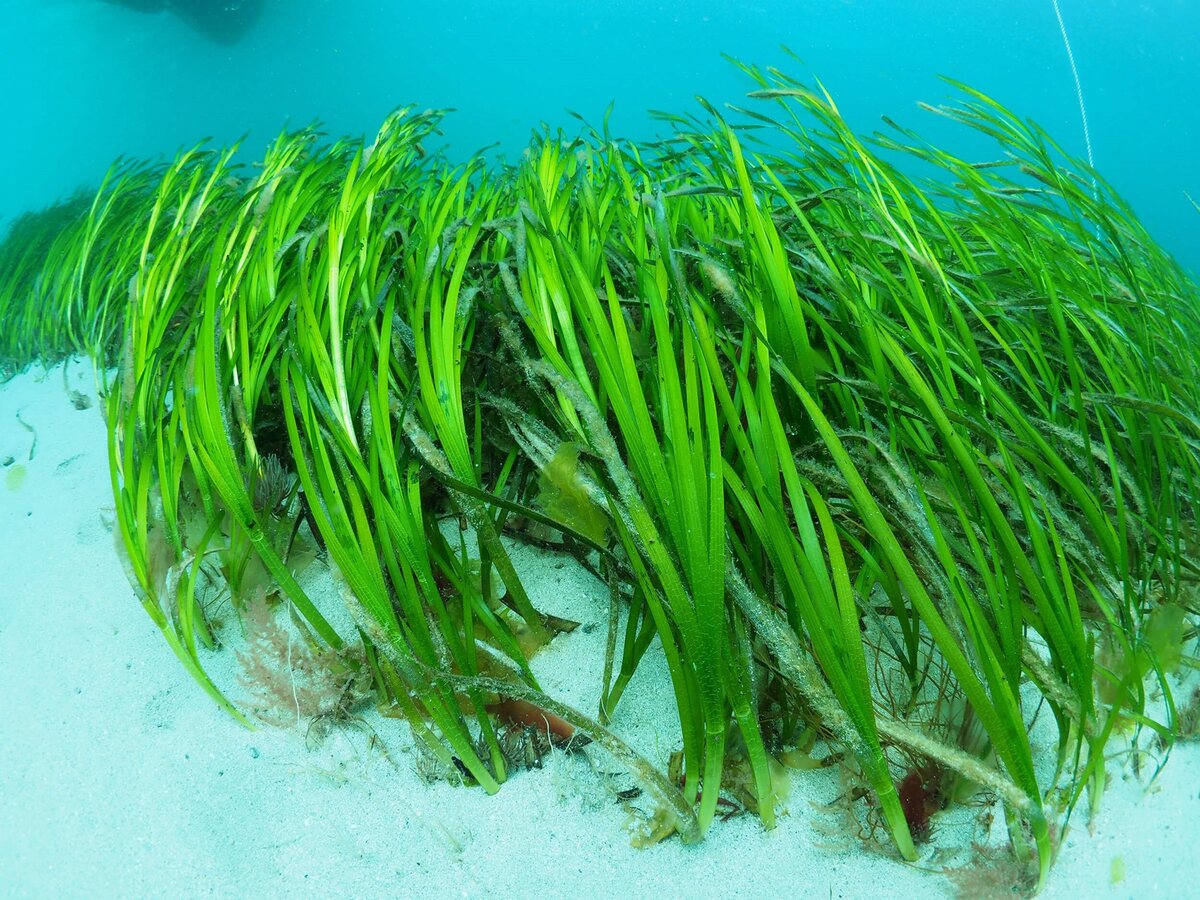


0 thoughts on “What Does Bear Grass Look Like”